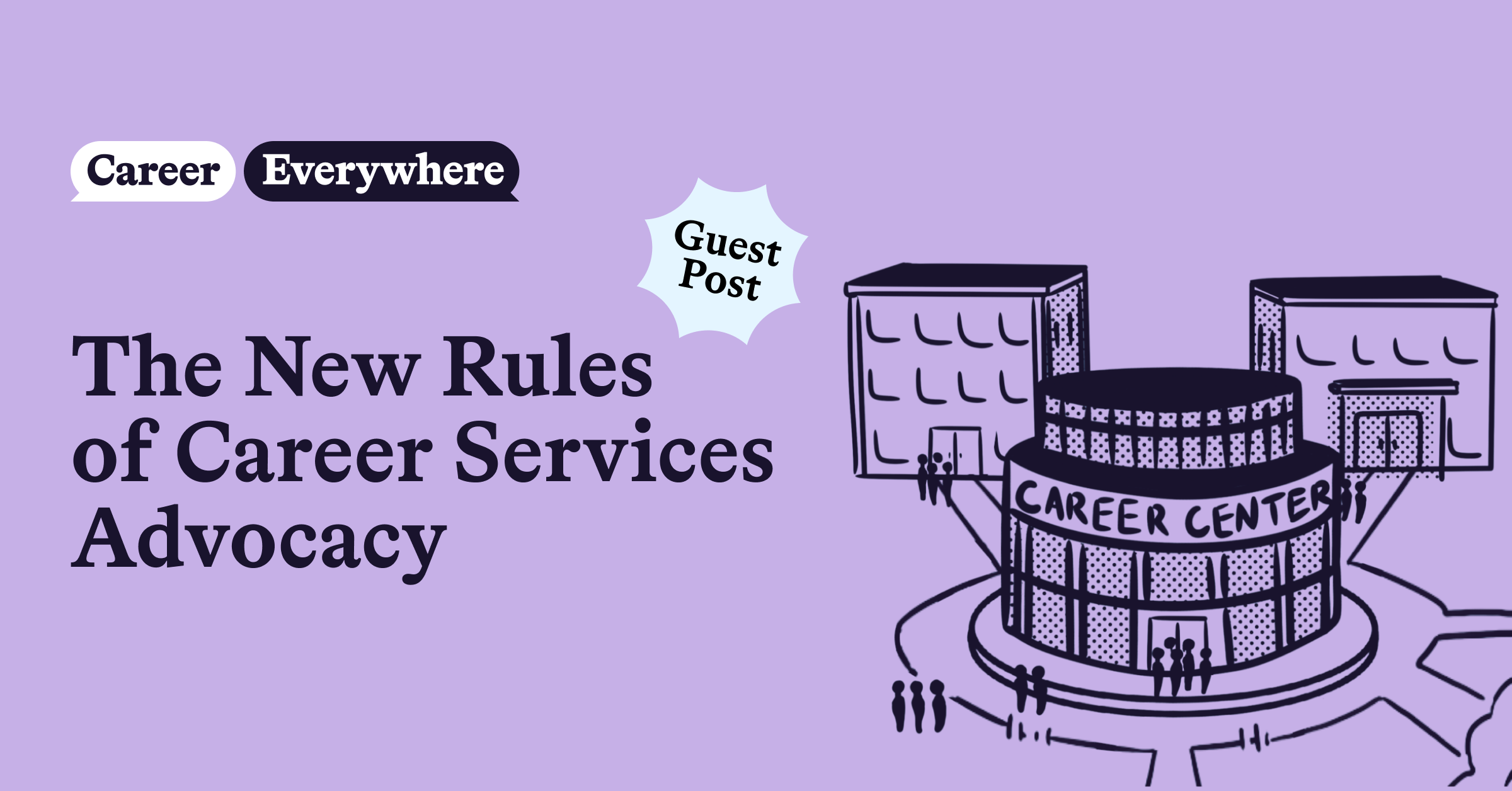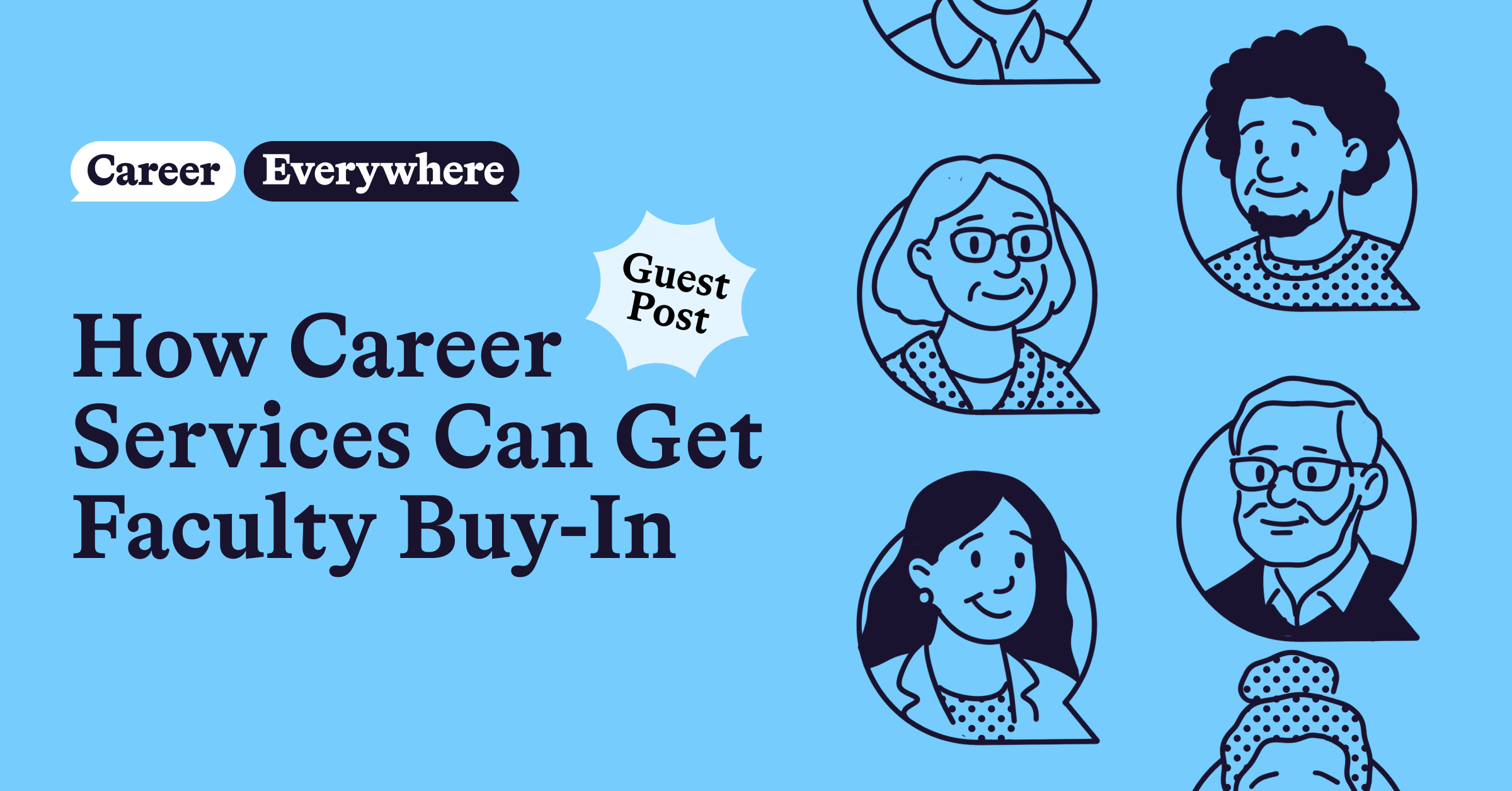
You’ve decided to build a digital corporate sponsorship program for your career center, but where do you start? How should you decide which companies to approach, that also provide a wide range of industries and opportunities for your students? And lastly, once you’ve identified partners, how can you provide them with the most exposure to your students?
uConnect’s virtual career center provides an integrated hub for all your career resources – making it highly interactive and engaging for not only students, alumni, and faculty, but employer sponsors as well.
There are several ways that uConnect tools can help career teams identify which employer sponsors are most effective to engage for the best student outcomes, and build sponsorship plans that engage and retain them.
With uConnect, you can:
- Identify the best-fit potential sponsors
- Match students’ majors and courses of study with organizations that recruit in specific fields
- Attract sponsors wanting to engage with students around targeted recruitment initiatives
- Showcase sponsors with logo placement and sponsor pages
Identify the most relevant sponsors with uConnect modules
How do you find the right employer sponsors? This can be a challenging question, especially if your institution is focused on a specific field, or has a high concentration of students pursuing a particular or niche course of study.
The Outcomes Data Visualization module is often used to highlight first destinations for recent graduates in different fields of study for students and families, and this data can also be used internally to identify potential employer sponsors that regularly hire your graduates.
Not every employer will be aware of how many of its employees come from the same institution, nor will they all have the ability to reach out to schools to partner with, so being able to identify trends in where your students are going after graduation can help you find sponsors that you might not have approached yet, that are hyper-relevant to your students.
The Outcomes Data Visualization module can also provide extremely relevant insights to employers. Companies interested in building a relationship with students in relevant fields of study would be able to see and utilize data on where graduates in that major tend to be hired as well as their starting salaries, and the percentages of students are employed versus seeking employment. The data could serve as inspiration for increasing internships, first employment opportunities, and engagement with those student populations, and can also help employers begin conversations with students around their career goals.
uConnect can also help you assess which sponsors and industries offer the most stable or long-term opportunity to your students. The Labor Market Insights module, powered with data from Lightcast, surfaces data on industry trends in each state, down to the county level.
Students and those supporting them derive a great deal of value in being able to leverage labor market insights, but it can also be used by career teams to understand trends in their local areas as well, and select employer sponsors that are most likely to have available internships and job opportunities for their students.
The Labor Market Insights module can be embedded directly into career services pages, as shown in the University of Miami example below, but it can also be embedded within other pages – such as admissions pages for prospective students, or community pages for student groups, identities, or other segments. This gives access to students while allowing career services to leverage the same data to inform sponsorship decisions, and even engage employer sponsors by providing key data that companies can also use to help students and alumni understand salary expectations, career goals, and trajectories.
Embedding the LMI module in community pages can give employer sponsors insights as well, and can serve as a connection point for students and employers by highlighting trends relevant to both.
Match sponsors to relevant student communities in your virtual career center
One way to engage employer sponsors is to match them with specific communities of students. Whether by field of study, identity, graduation year, or any other segmentation, you can match companies with groups of students using uConnect’s community pages. Community pages are also a great way to highlight student activities, openness to internships and jobs, and engagement with a particular field, as well as prominently showcasing your sponsor logos.
Companies may not always know how to connect with schools and student groups, so community pages can be instrumental in giving potential employer sponsors an overview of different student populations, making it easier for them to approach career centers themselves.
Once you’ve secured your employer sponsors, you can put them front and center using the sponsor banner on the first page of your virtual career center, and have it link to a sponsor logo page (like this one) that showcases all of your employer sponsors and partnerships. Or, as in the example below from Spelman College, Carrier, one of their premier sponsors, has been given a custom page that gives students more information about the company, including an introductory video. Students can access this page by clicking on the Carrier logo on the homepage of Spelman’s virtual career center.
Since community pages can be deeply customized by school – such as a business school, or school of science, or thematically grouped majors – like arts, media, and communications, employer sponsors may be interested in sponsoring specific community pages. For example, Spelman also has sponsors like Wells Fargo and Morgan Stanley who sponsor their financial services careers page. This gives employers a chance to connect directly with students interested in their industries, and provides students with an interest in a specific field of study greater exposure to companies that they could potentially work for.
For community pages segmented for student groups and identities, sponsors may be interested in recruitment around specific DEI initiatives, or they may be interested in students with non-traditional backgrounds, such as adult learners specifically, or first generation students. Having community pages segmented this way can be a great help to sponsors interested in finding out more about the students you serve, and how to connect with them. It’s also an opportunity for employers to potentially increase their interactions and exposure to different groups of students.
Sponsorship can be a great help in engaging students, providing them with opportunity, and increasing your community presence, as well as funding career center resources. To learn more, check out a live demo.


